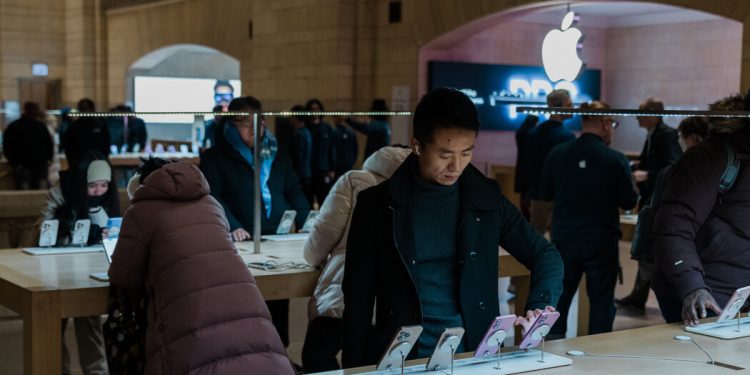When President Trump pushed the prices for the first time on China in 2018, Apple began to move more production from iPads and AirPods to Vietnam and Iphones in India.
But with Mr. Trump’s return to the White House, this strategy may have turned against the most precious society in the world.
Trump said Wednesday that the United States would put 46% tariffs on Vietnam and 26% on India. The White House said that the prices were in force immediately, but some trade experts consider them as preliminary and designed to be a starting point for negotiations in order to reduce prices abroad.
The proposed prices threaten to worsen pressure on Apple’s activities. The company already treats 20% tariffs on products imported from China, where Apple is around 90% of the iPhones it sells worldwide. Trump said the rate would go 34% as part of his new price plan.
An Apple spokesperson refused to comment.
While Apple is the most important technological company to feel the pricks’ stings, most other technological companies will see an impact – directly or indirectly. Google and Microsoft, for example, do not also depend strongly on international suppliers, but they have notable public electronics companies. And prices could increase the cost of building new massive data centers that companies plan to build new artificial intelligence technologies.
The new samples are part of Mr. Trump’s efforts to redo world trade with prices on each country that requires costs for American exports. US trade officials believe that India has a 13.5% tariff rate on American products, with a rate of 39% on agricultural products. Vietnam has a rate rate of 8.1% on American products, with a rate of 17.1% on agricultural products.
Thank you for your patience while we check the access. If you are in reader mode, please leave and connect to your Times account, or subscribe to all time.
Thank you for your patience while we check the access.
Already subscribed? Connect.
Want all the time? Subscribe.


